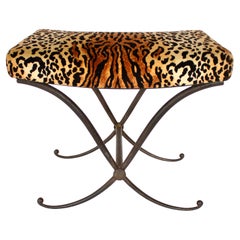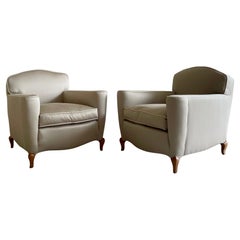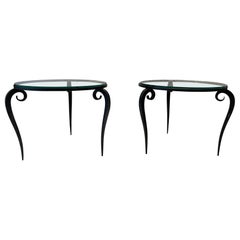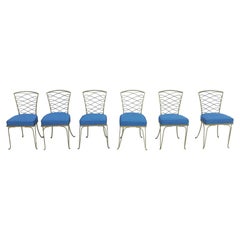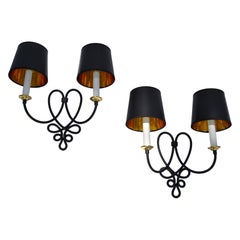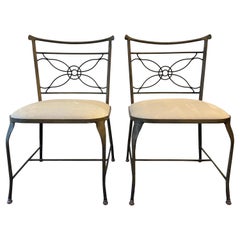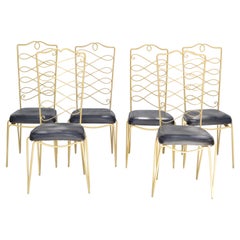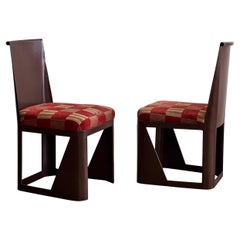René Prou
While Émile-Jacques Ruhlmann and other Art Deco contemporaries like Pierre Chareau have been hailed as masters of 20th-century design, René Prou has undeservedly more or less fallen off the decorative-arts radar.
Prou was born in Nantes on July 14, 1887, and later trained at an industrial-design school, the École Bernard-Palissy in Paris, between 1902 and 1908. He started his career working for the interior design firms Gouffé and Schmit & Cie. At the latter, he was responsible for the decoration of the Paris residence of the ambassador of Paraguay. Prou began designing under his own name after World War I and never stopped.
Among other projects, Prou imagined a women’s boudoir and a girl’s bedroom for the prestigious French Embassy pavilion at the 1925 Exposition Internationale des Arts Décoratifs et Industriels Modernes in Paris — widely considered the start of the Art Deco period. Prou created vases for the Manufacture de Sèvres, a fireplace for the living room of the Villa Noailles and a tearoom at the Lido cabaret on the Champs-Elysées.
The designer was prolific. A promotional brochure for Prou’s eponymous design firm stated that he had designed 60 private residences and 30 banks between 1918 and 1930, and his career continued another 17 years after that.
Prou decorated some 500 train compartments — the most prestigious of which were for the Orient Express — and participated in the interior design of nine luxury ocean liners, including the Paris, the Île-de-France and the legendary Normandie. He was also extremely well connected. His friends included the Catalan painter Josep Maria Sert and fellow designer Louis Sognot; he collaborated on projects with Raymond Subes and Ivan da Silva Bruhns; and he went trout fishing in Normandy with Ruhlmann.
Prou was a devoted pedagogue, too, teaching more than 3,000 pupils at the École nationale supérieure des Arts Décoratifs over two decades, among them Charlotte Perriand and the postwar modernist designers Pierre Guariche and Alain Richard.
Prou’s output included sparks of innovation. He covered the floors of ocean liners with patchwork carpets made of linoleum, for example, and produced some strikingly modern-looking metal chairs. Yet much of his work was more traditional, regularly incorporating typical Art Deco geometric motifs and luxurious wood paneling. A book published in 2018 on Prou’s life and career has given new, and well-deserved, prominence to the influential designer.
Find vintage René Prou furniture on 1stDibs.
| Average Sold Price |
| $4,092 |
| Styles |
| Materials |
| Related Creators |
1940s French Mid-Century Modern Vintage René Prou
Wrought Iron
1940s French Art Deco Vintage René Prou
Fabric, Wood
1930s French Vintage René Prou
Wrought Iron
1940s French Art Deco Vintage René Prou
Wrought Iron
1950s French Art Deco Vintage René Prou
Brass, Wrought Iron
1930s French Art Deco Vintage René Prou
Iron
1940s French Art Deco Vintage René Prou
Wrought Iron
1930s French Vintage René Prou
Steel
René Prou Sale Prices
| Sold Date | Sold Price | Category | Material | Creation Year | |||||||||||
|
| $4,092 |
Average sold price of items in the past 12 months |
| $2,625-$5,750 |
| Sold price range of items in the past 12 months |
